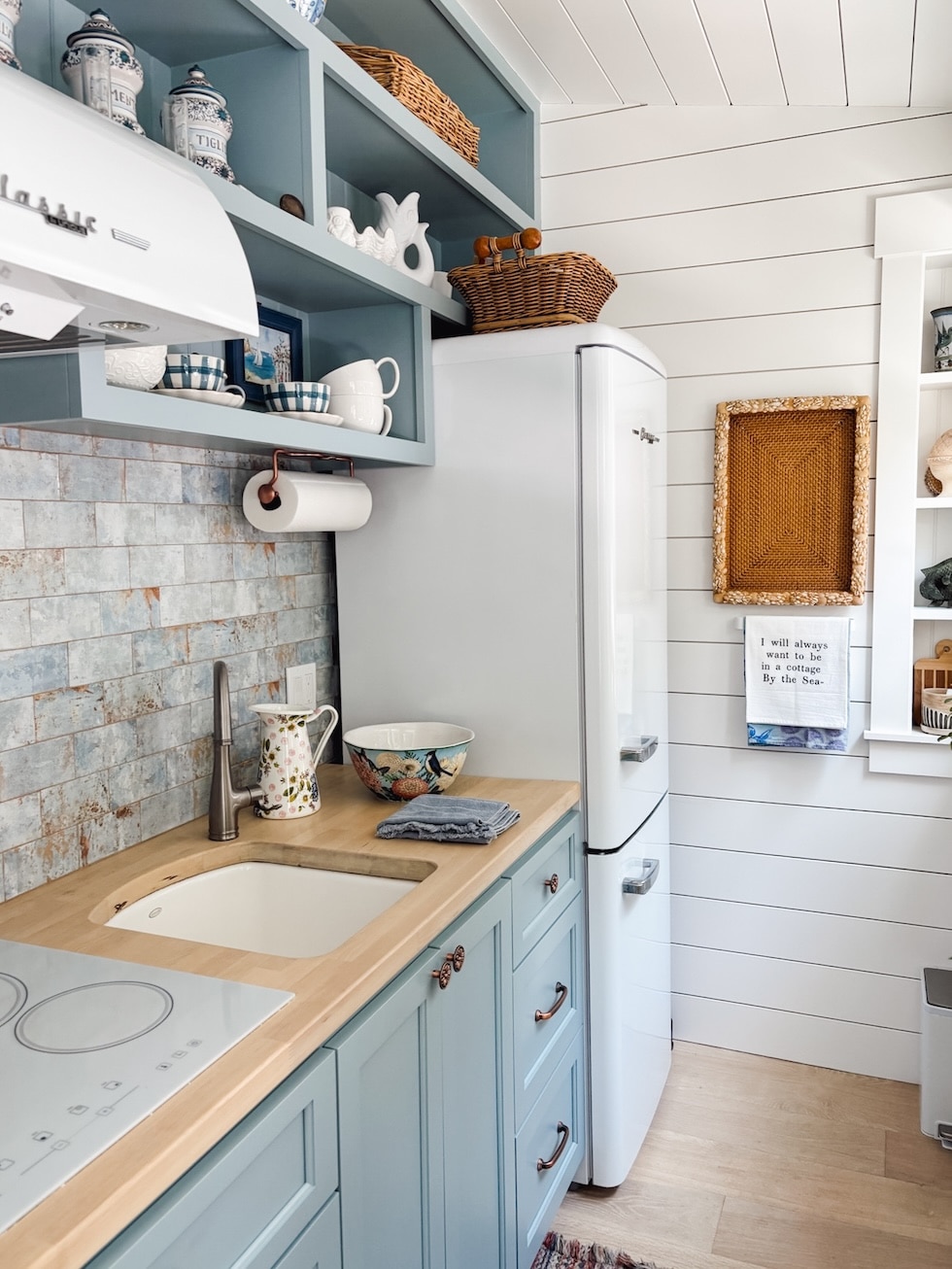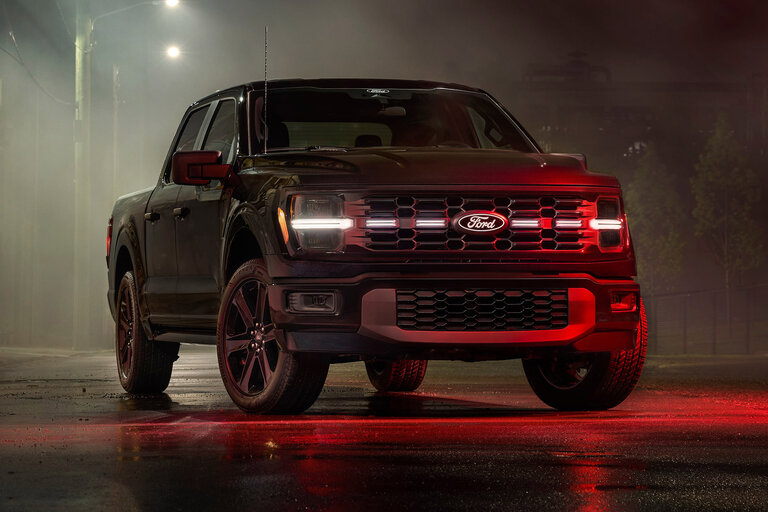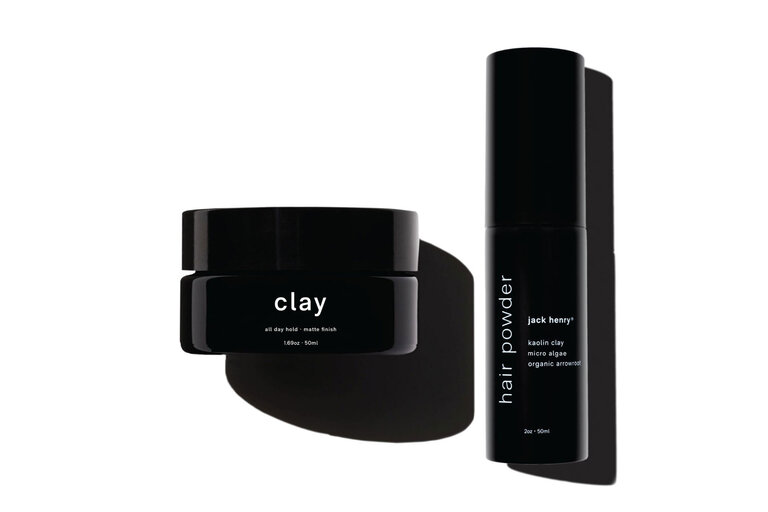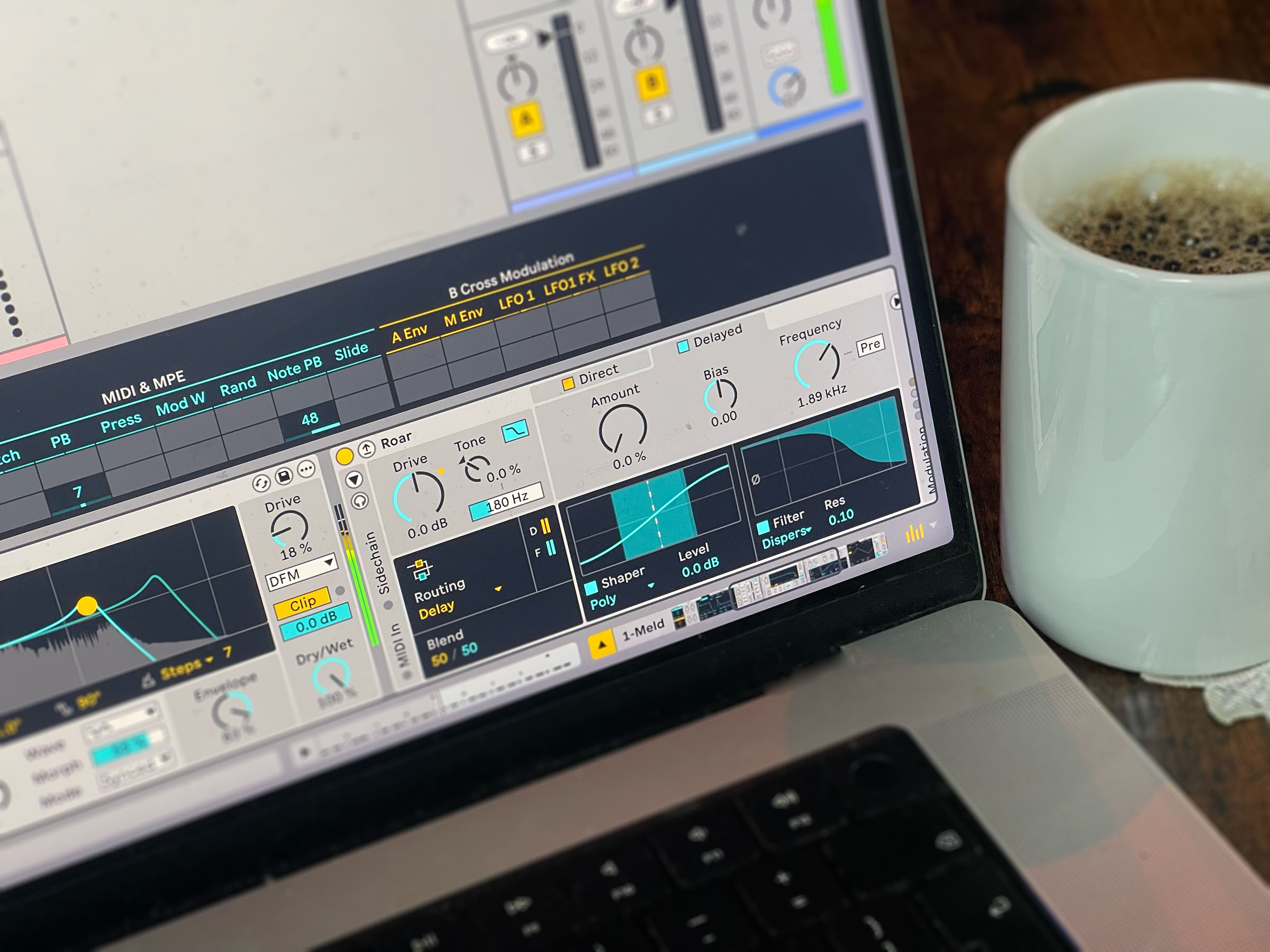When Industrial Design is Subject to Aftermarket Modifications
How might an architect feel, seeing a house that they designed being remodeled in a different aesthetic style? What is an automotive designer's reaction, when seeing a vehicle they worked on festooned in swoopy aftermarket body panels?These are things most industrial designers don't have to worry about. It's not common to see people buying aftermarket parts to modify, say, the look of their toaster. But as even industrial production methods become more accessible to non-designers, that will change.A case in point are these BoxPlates. Some background is required here.Sony's original PlayStation, released in 1994, was a grey box. With its basic geometric shapes, it was very of the '90s. The PlayStation 2, released in 2000, signaled a new, more Modernist design direction. It resembled a sleek heat sink. The PlayStation 3, released in 2006, pushed a bit further, doing away with the cooling-fins aesthetic and bringing in a swoopy curve top and bottom. The finish went from matte to glossy. The overall effect was as if it was borrowing from sports car aesthetics. The Playstation 4, released in 2013, seemed to backtrack towards the Modernism of the 2, with a dash of Brutalism. Fans seemed to tolerate all of these changes or at least, in those years of limited social media, didn't make much noise about them. That all changed in 2020, with the release of the PlayStation 5: Its Calatrava-like design was shocking to many. The compound curves of the side panels and the color contrast were too avant garde for gamers not used to design statements. Sony's designers were trying to do something bold, fresh, and new, and not all gamers were onboard. There was a backlash. Which prompted PC modder Devyn Johnston to create BoxPlates. These are "replacement cover plates for the PlayStation 5, designed to transform its look from swooping curves to clean, minimalist lines. Inspired by classic consoles and modern tech aesthetics, it gives the PS5 a boxy silhouette that blends seamlessly into any setup." These are not pieces that some dude is 3D printing in his basement; BoxPlates are actual injection-molded parts. (It's not clear if they're ABS or polycarbonate, my two guesses for materials.) Johnston went to the length of ponying up for the tooling, and is selling these for $85. The pieces snap together over the console with internal clips, and he says they "install easily with no tools required." Notably, Johnston doesn't mention whether the case is also easy to take off. The side panels on the original PS5 are designed for easy removal, for cleaning and servicing; though Sony's designers were trying to make a visual statement, they still kept function in mind.Johnston, who is not affiliated with Sony, says his redesigned panels yield "a sleek, squared-off form that fits better into your setup. It's not just a cover; it's a full aesthetic overhaul." For better or worse, the control that industrial designers once had over the final form of their objects will increasingly be subject to the end user's whims.

How might an architect feel, seeing a house that they designed being remodeled in a different aesthetic style? What is an automotive designer's reaction, when seeing a vehicle they worked on festooned in swoopy aftermarket body panels?
These are things most industrial designers don't have to worry about. It's not common to see people buying aftermarket parts to modify, say, the look of their toaster. But as even industrial production methods become more accessible to non-designers, that will change.
A case in point are these BoxPlates.

Some background is required here.
Sony's original PlayStation, released in 1994, was a grey box. With its basic geometric shapes, it was very of the '90s.

The PlayStation 2, released in 2000, signaled a new, more Modernist design direction. It resembled a sleek heat sink.

The PlayStation 3, released in 2006, pushed a bit further, doing away with the cooling-fins aesthetic and bringing in a swoopy curve top and bottom. The finish went from matte to glossy. The overall effect was as if it was borrowing from sports car aesthetics.

The Playstation 4, released in 2013, seemed to backtrack towards the Modernism of the 2, with a dash of Brutalism.

Fans seemed to tolerate all of these changes or at least, in those years of limited social media, didn't make much noise about them. That all changed in 2020, with the release of the PlayStation 5:

Its Calatrava-like design was shocking to many. The compound curves of the side panels and the color contrast were too avant garde for gamers not used to design statements. Sony's designers were trying to do something bold, fresh, and new, and not all gamers were onboard. There was a backlash.


Which prompted PC modder Devyn Johnston to create BoxPlates. These are "replacement cover plates for the PlayStation 5, designed to transform its look from swooping curves to clean, minimalist lines. Inspired by classic consoles and modern tech aesthetics, it gives the PS5 a boxy silhouette that blends seamlessly into any setup."




These are not pieces that some dude is 3D printing in his basement; BoxPlates are actual injection-molded parts. (It's not clear if they're ABS or polycarbonate, my two guesses for materials.) Johnston went to the length of ponying up for the tooling, and is selling these for $85. The pieces snap together over the console with internal clips, and he says they "install easily with no tools required."



Notably, Johnston doesn't mention whether the case is also easy to take off. The side panels on the original PS5 are designed for easy removal, for cleaning and servicing; though Sony's designers were trying to make a visual statement, they still kept function in mind.
Johnston, who is not affiliated with Sony, says his redesigned panels yield "a sleek, squared-off form that fits better into your setup. It's not just a cover; it's a full aesthetic overhaul."

For better or worse, the control that industrial designers once had over the final form of their objects will increasingly be subject to the end user's whims.




























![“[You] Build a Movie Like You Build a Fire”: Lost Highway DP Peter Deming on Restorations, Lighting and Working with David Lynch](https://filmmakermagazine.com/wp-content/uploads/2025/03/1152_image_03-628x348.jpg)
























![Double Dealing [THE FISHER KING]](https://jonathanrosenbaum.net/wp-content/uploads/2011/07/the-fisher-king2.png)



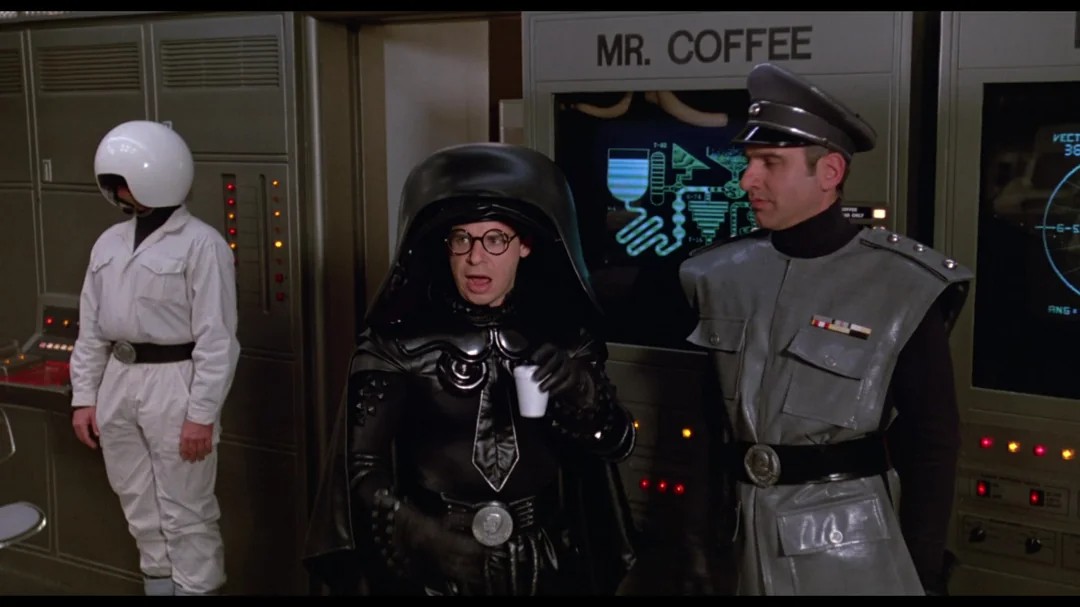









































![Dan Gilroy Talks ‘Andor,’ Tyranny, Writing Mon Mothma’s Fiery Speeches, Bix’s Great Sacrifice & More [The Rogue Ones Podcast]](https://cdn.theplaylist.net/wp-content/uploads/2025/06/13114943/Dan-Gilroy-Andor-Interview.jpg)












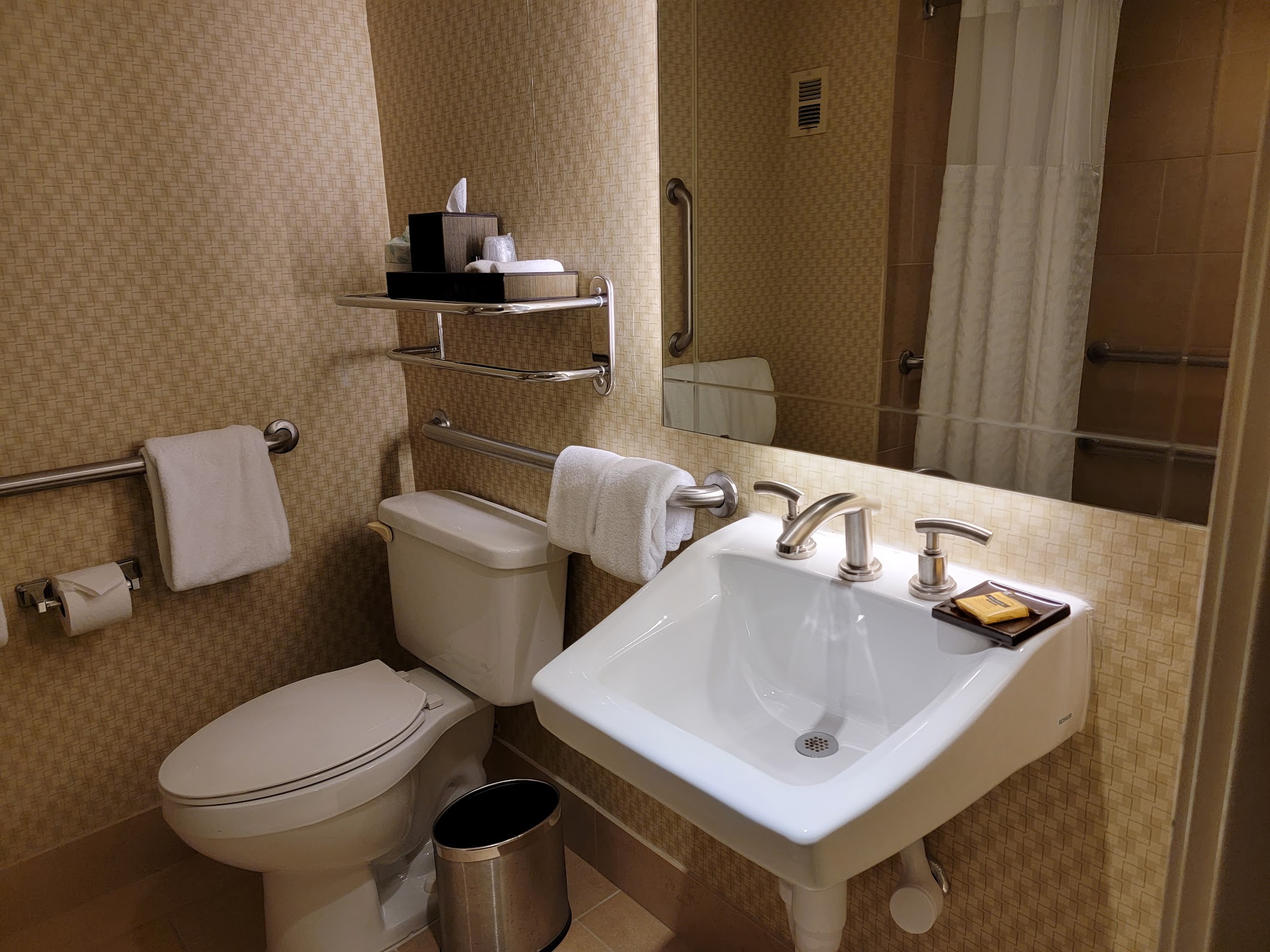
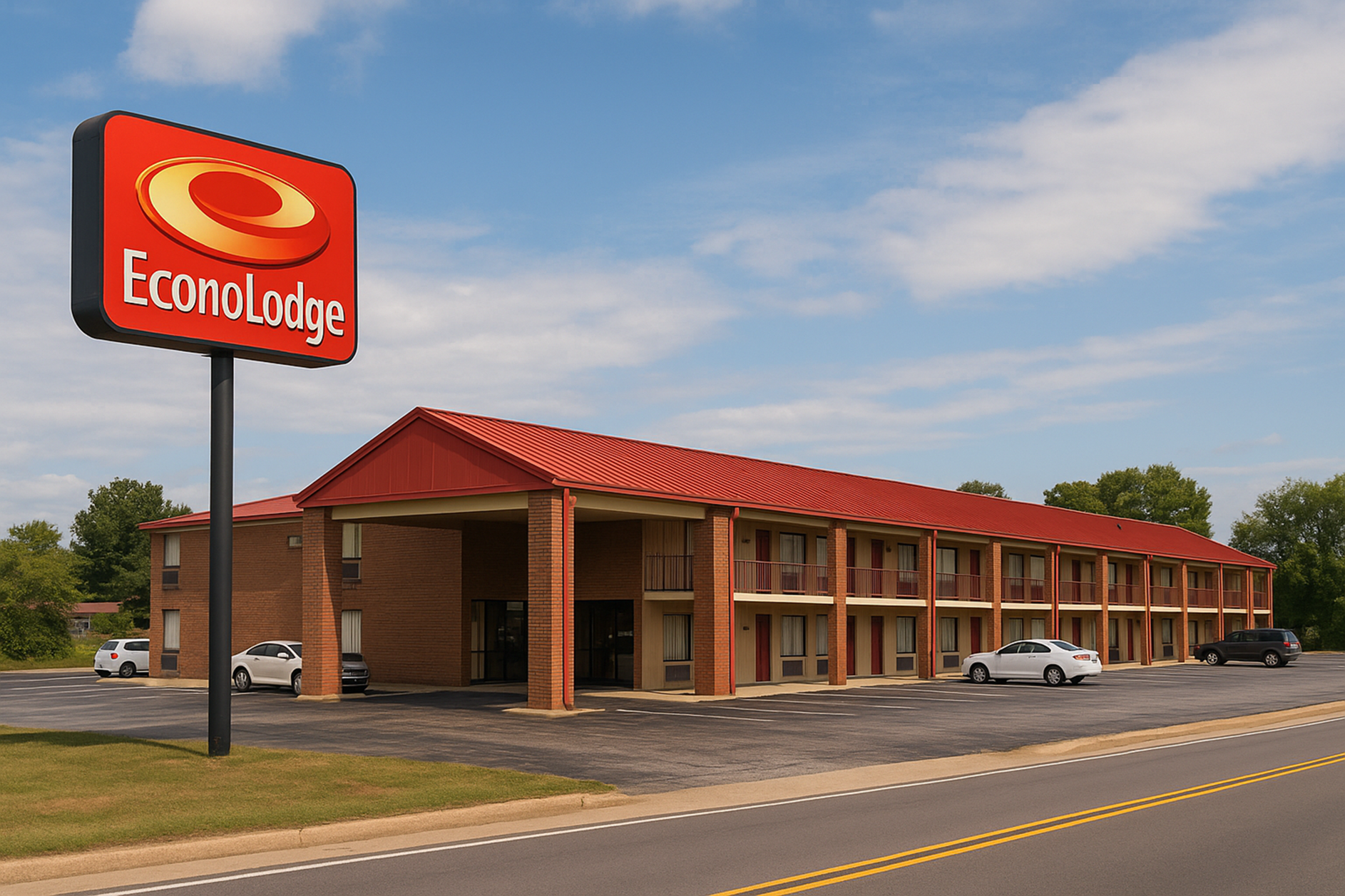
![Freakonomics Says United Pays $33 for Every Business Class Meal—Here’s Why That Number Doesn’t Work [Roundup]](https://viewfromthewing.com/wp-content/uploads/2022/06/20220619_113816-scaled.jpg?#)






























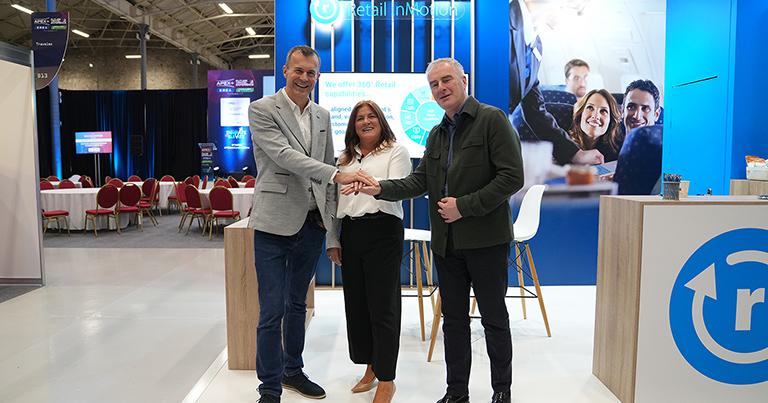
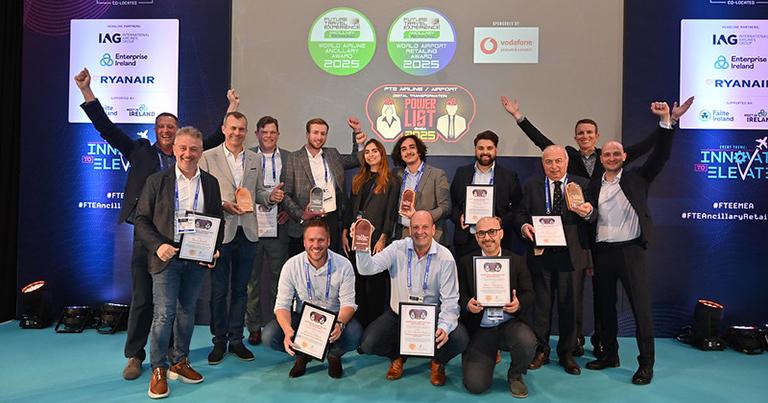


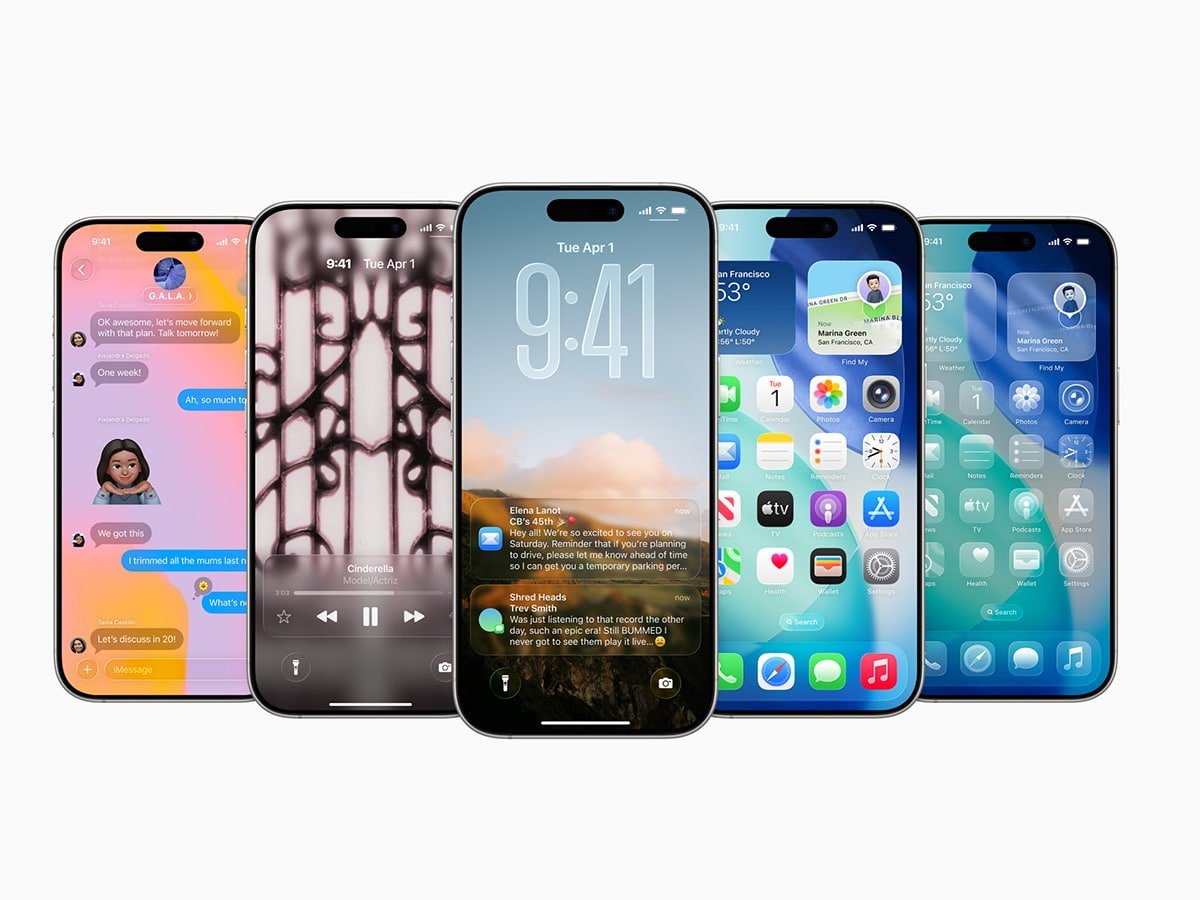


















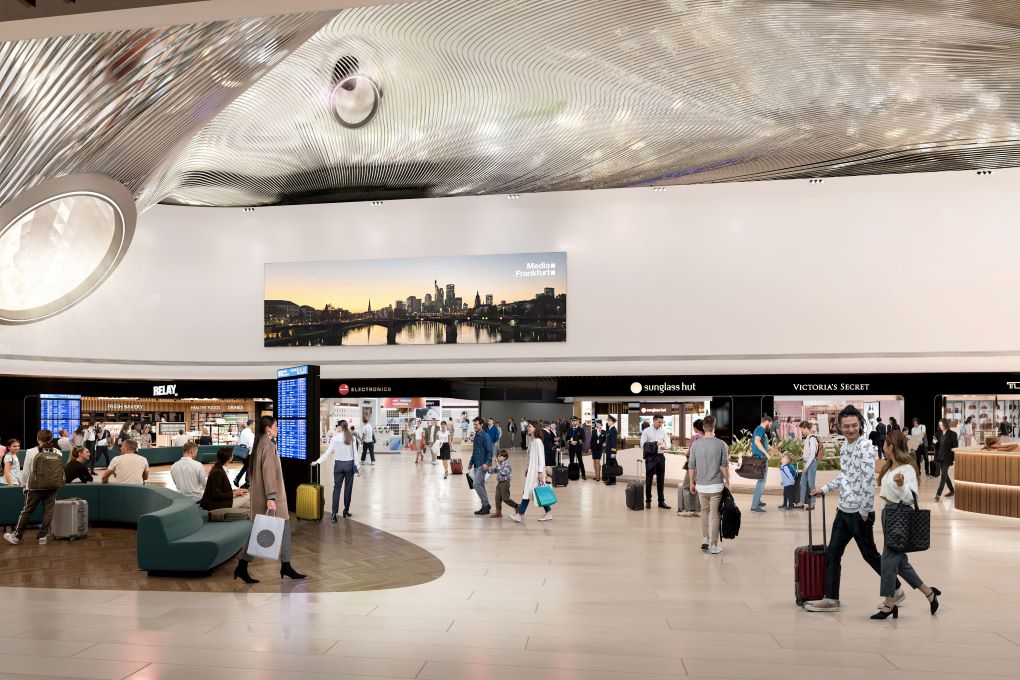


















































.jpg?width=1920&height=1920&fit=bounds&quality=70&format=jpg&auto=webp#)
















































































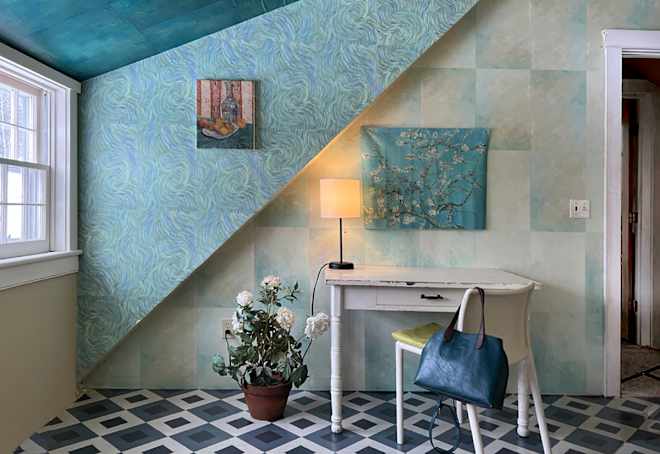
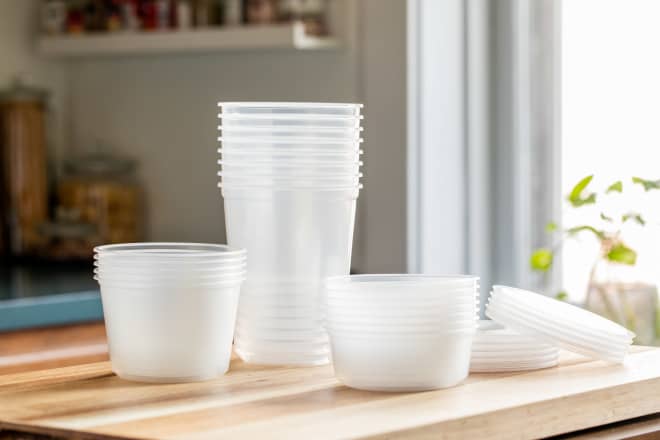
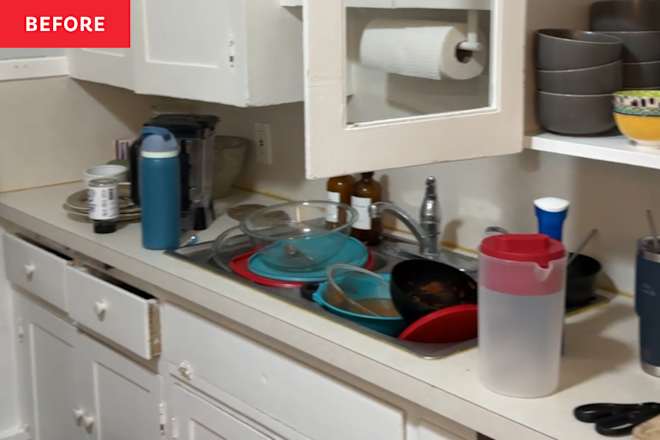







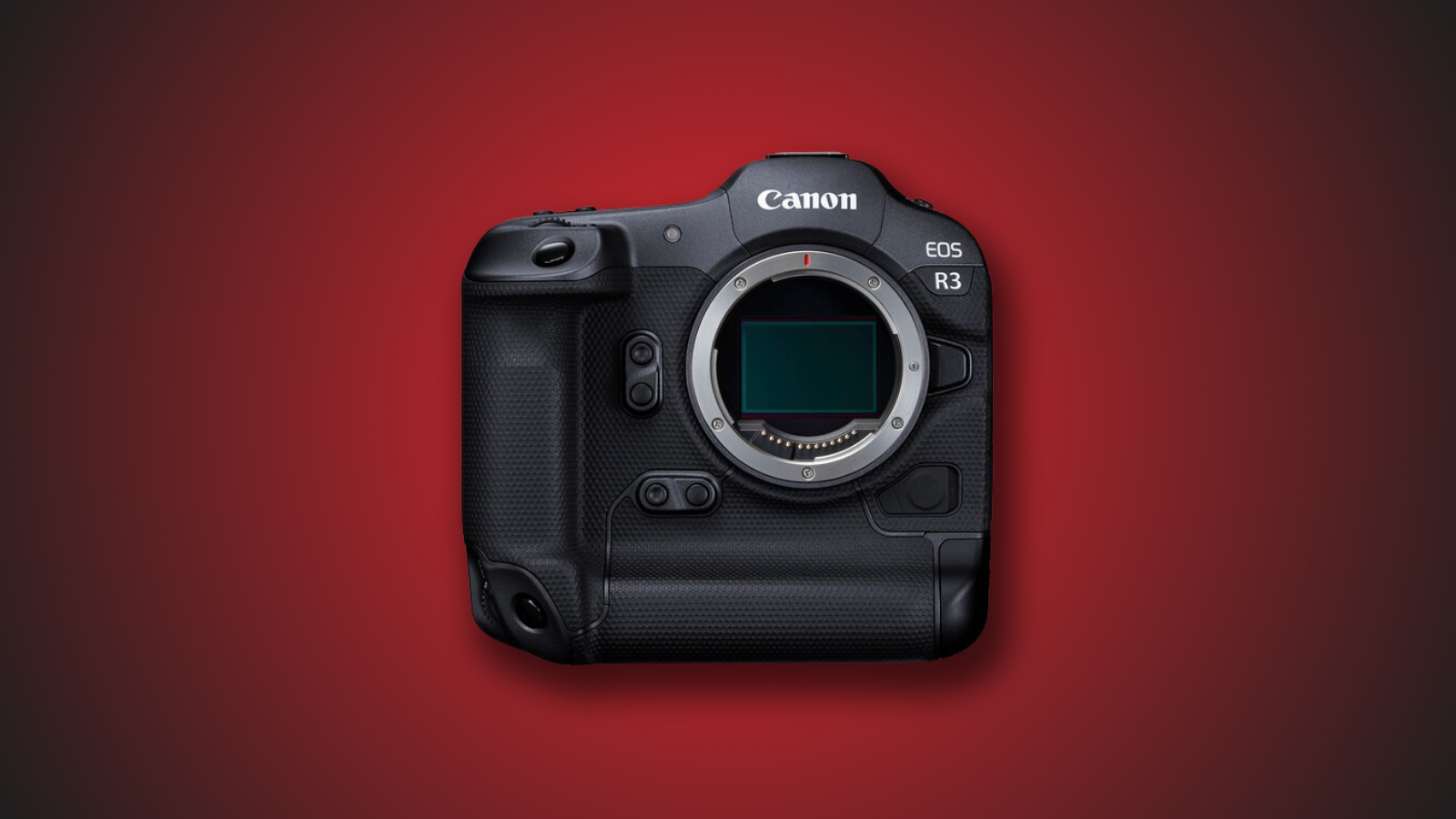










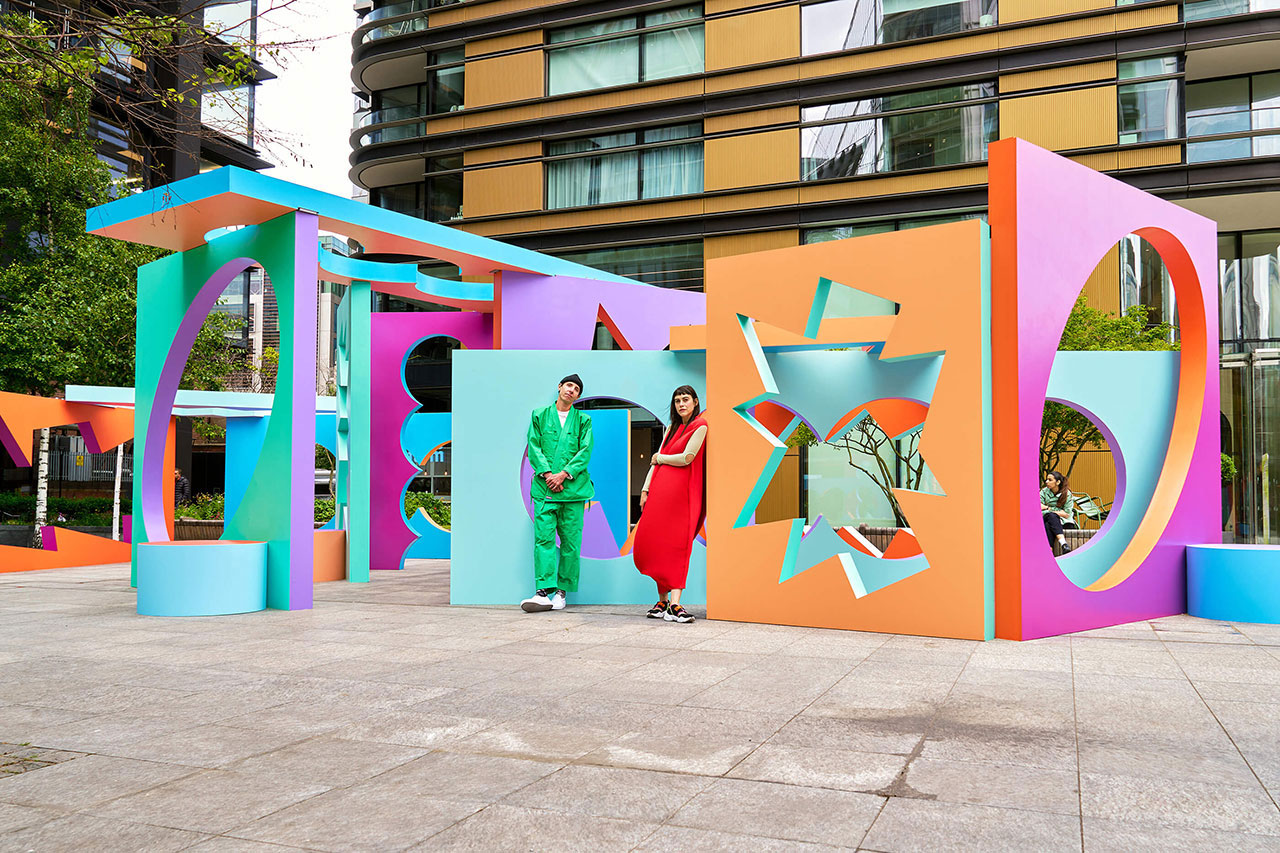
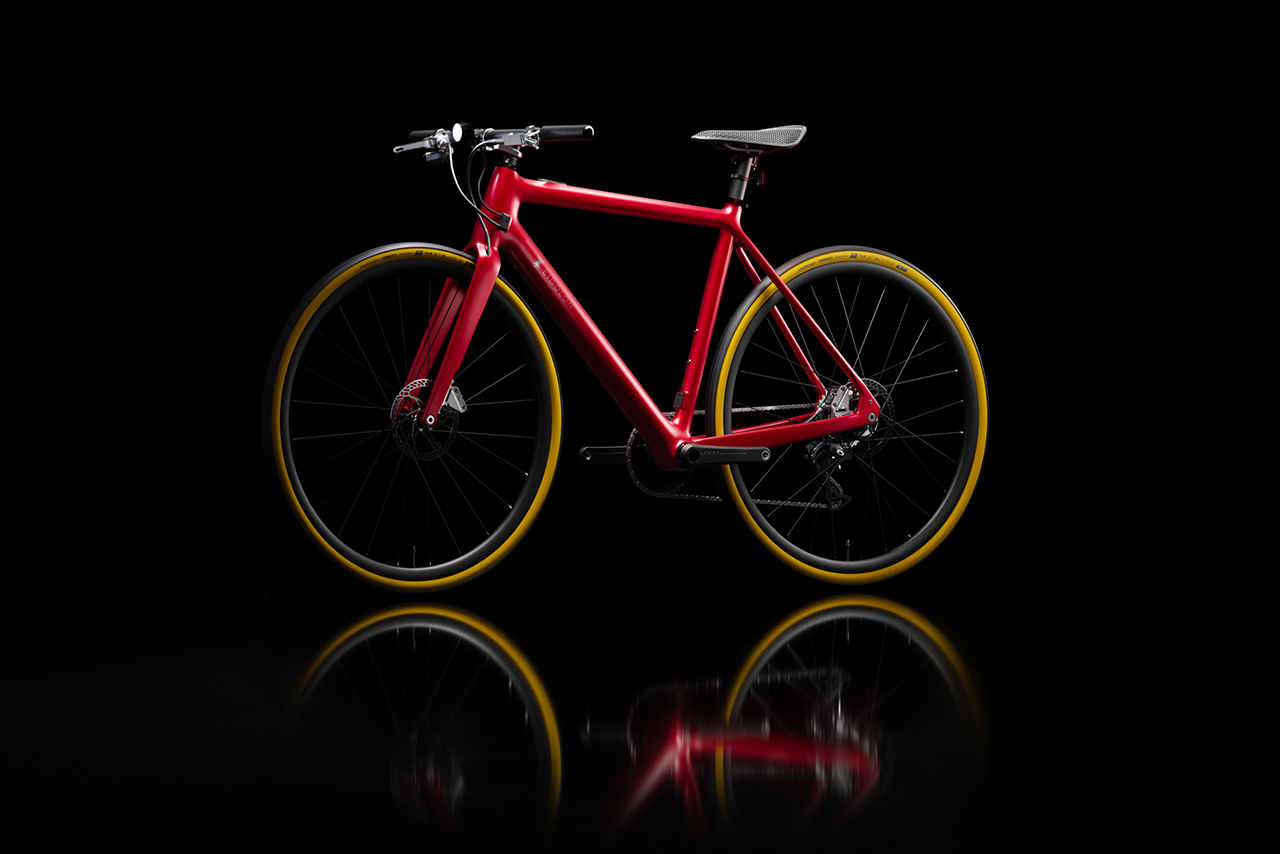
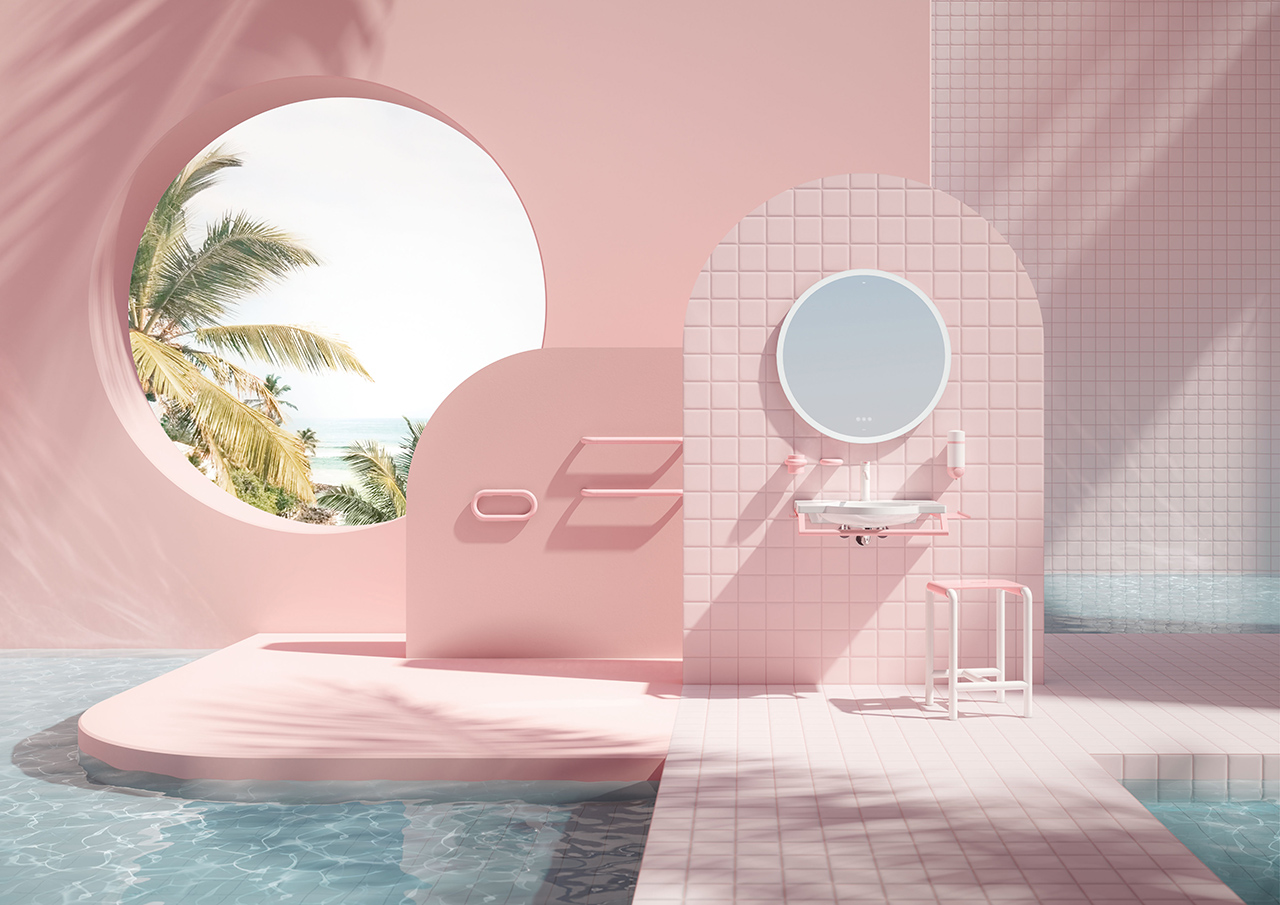
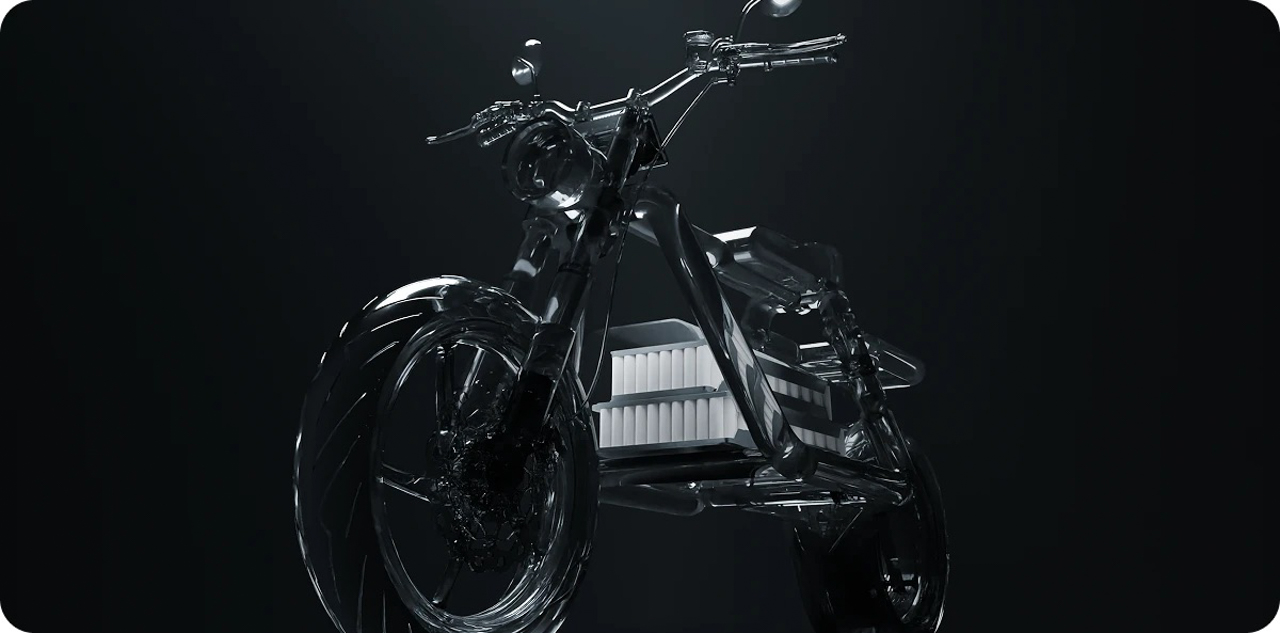






































.jpg)








![[Podcast] Problem Framing: Rewire How You Think, Create, and Lead with Rory Sutherland](https://justcreative.com/wp-content/uploads/2025/06/rort-sutherland-35.png)






































